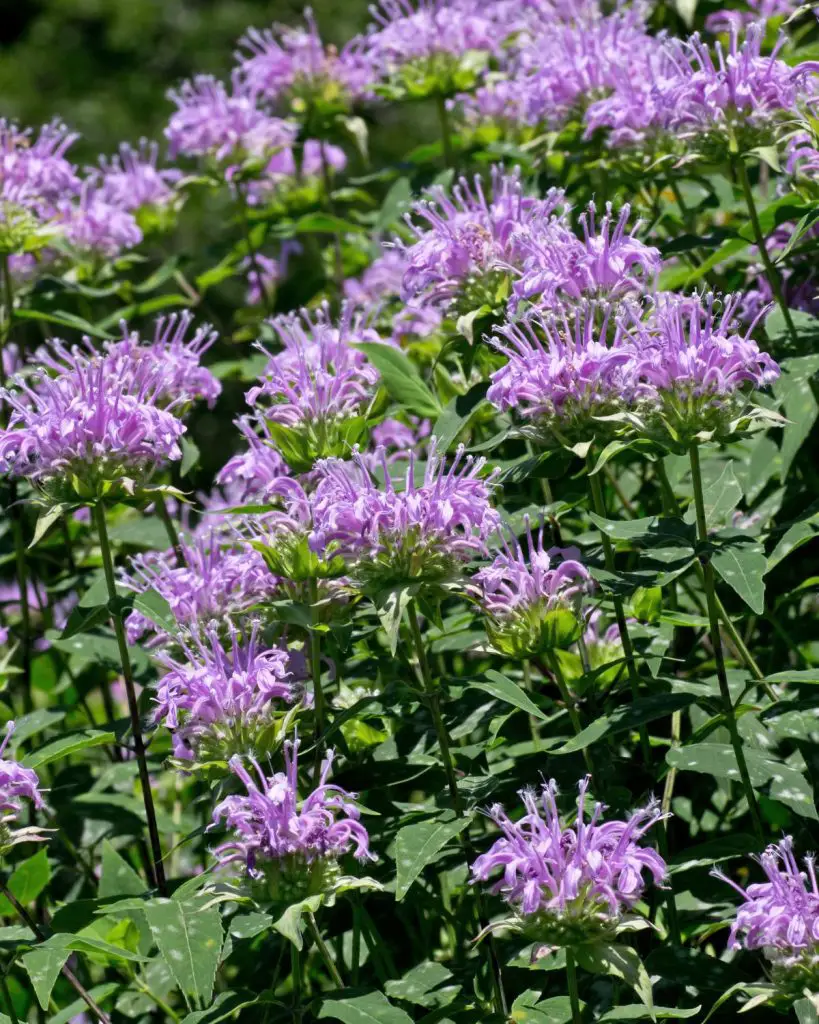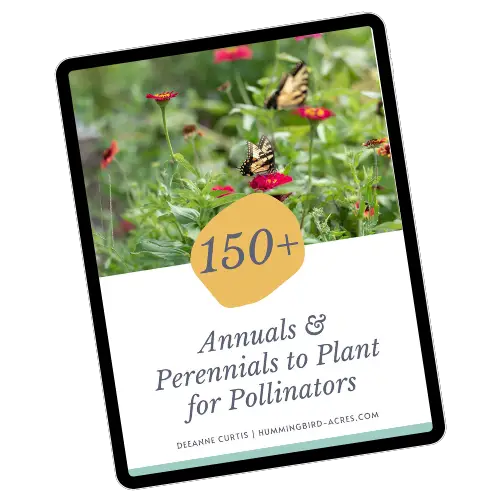Grow Bee Balm and Attract Butterflies to Your Garden!
Are you looking for a vibrant, colorful addition to liven up your garden? Look no further than bee balm! Also known as Monarda didyma, bee balm is an herb that varies in color and will attract butterflies galore! Through this blog post, we’ll look at the process of how to properly plant and grow bee balm. We’ll also discuss its use as an attractive groundcover or border planting and what conditions it needs in order to thrive. You won’t want to miss out on learning all about growing these showstopping blooms!
Disclosure: As an Amazon affiliate, I earn from qualifying purchases at no extra cost to you. My blog contains other affiliate links as well for your convenience. To learn more, you may read my Disclosure Policy. Thank you for supporting my blog!
What is Bee Balm and why should you plant it in your garden
Bee Balm is a stunning flowering plant that not only adds vibrancy and beauty to your garden, but also attracts an array of beneficial pollinators. Also known as Monarda, this plant is native to North America and features showy, tubular blooms in shades of red, pink, purple, and white. But Bee Balm’s appeal doesn’t stop there. Its fragrant leaves have a citrusy aroma and can be used to make a delightful tea, while its flowers are often used in culinary dishes or as a natural dye. With so many benefits to offer, it’s easy to see why Bee Balm is a fantastic addition to any garden.

Tips for preparing the soil before planting Bee Balm
Preparing the soil is a crucial step to ensure the success of your Bee Balm. Before planting, make sure that the soil is well-drained and has a pH level of 6.0 to 7.5, which is an ideal range for Bee Balm growth. Also, remove any debris or weeds that may be in your garden bed, as they can be a threat to your plants. It’s important not to over-fertilize your soil, instead, mix in compost or aged manure to improve the soil’s nutrient content. Tilling the soil thoroughly will also provide a fertile environment for your Bee Balm to flourish. With these simple tips, you can prepare your soil and create an optimal growing environment for your Bee Balm.
How to choose the right variety of Bee Balm to suit your climate
When it comes to selecting the right type of Bee Balm for your climate, there are a few key things to keep in mind. First and foremost, consider the average temperature and moisture levels in your region. Some varieties of Bee Balm thrive in hot, dry environments, while others prefer cooler, wetter conditions. Additionally, think about the amount of sunlight and shade your garden receives throughout the day. This can play a big role in determining which type of Bee Balm will do best in your space. With a little bit of research and careful consideration, you can find the perfect Bee Balm variety to suit your unique climate and help your garden truly flourish.

How to care for a newly planted Bee Balm
If you’re lucky enough to have a newly planted Bee Balm in your garden, congratulations! This beautiful plant is not only a great addition to any landscape, it also attracts pollinators like bees and butterflies. To care for your new Bee Balm, make sure to water it deeply once a week, especially during dry spells. Be careful not to overwater, as excessive moisture can lead to root rot. Deadhead spent blooms regularly to encourage more growth and blooms, and prune back the plant by about one-third in the fall to promote healthy growth in the coming year. With a little bit of basic care, your Bee Balm will thrive and bring added beauty to your garden for years to come.
Best practices for ensuring that your Bee Balm produces plenty of blooms
Bee Balm, also known as Monarda, is a vibrant and beautiful addition to any garden. To ensure that this plant produces plenty of blooms, there are a few best practices to follow. Firstly, it is important to plant Bee Balm in a location that receives plenty of sunlight. Six hours or more of direct sunlight per day is ideal. Secondly, make sure that the soil is well-draining and rich in organic matter. This will give your Bee Balm the nutrients it needs to thrive. Lastly, deadheading spent blooms will encourage the plant to produce even more flowers. By following these simple tips, you can enjoy a lush and colorful display of Bee Balm in your garden all season long.

Grab my free
150 Plants for Pollinators
Plant These to Attract Butterflies and Pollinators to Your Garden!
Enter your name & email so we can send you your FREE Guide.
[convertkit form=5600487]
How to attract butterflies to your garden with Bee Balm
There is nothing quite as magical as watching butterflies flit around your garden. If you’re looking to attract these beautiful creatures to your outdoor space, consider planting some Bee Balm. This hardy perennial not only adds a pop of color to your garden, but it also emits a sweet fragrance that butterflies can’t resist. You’ll want to plant your Bee Balm in an area that gets plenty of sunlight and make sure the soil is well-draining. As the plant matures, it will produce clusters of vibrant flowers that will beckon all sorts of pollinators to your garden, including butterflies. With a little patience and some gardening know-how, you’ll be well on your way to creating a butterfly haven right in your own backyard.
In conclusion, bee balm is a great choice of flower to add to your garden. It blooms over a long period of time and can help attract butterflies to your yard. Before planting bee balm, it is important to prepare the soil and select the right variety for your climate. Caring for bee balm involves watering regularly, protecting from frost and pests, providing plenty of sun, fertilizing at least every other week, and deadheading it as needed. Last but not least, remember that with regular care, you can ensure that your bee balm provides an abundance of colourful flowers throughout the summer months. With these steps in mind, you will be well on your way to having a beautiful and vibrant garden full of colorful bee balm!

You may also enjoy these related articles:
- Planting for Pollinators
- Butterfly Plants for Shade: Top 10 Options for Your Garden
- Grow Butterfly Weed for a Beautiful Butterfly Garden
Did you enjoy this article? Want to hear more? Stay in touch! Sign up below to receive weekly tips and inspiration for your homestead.

